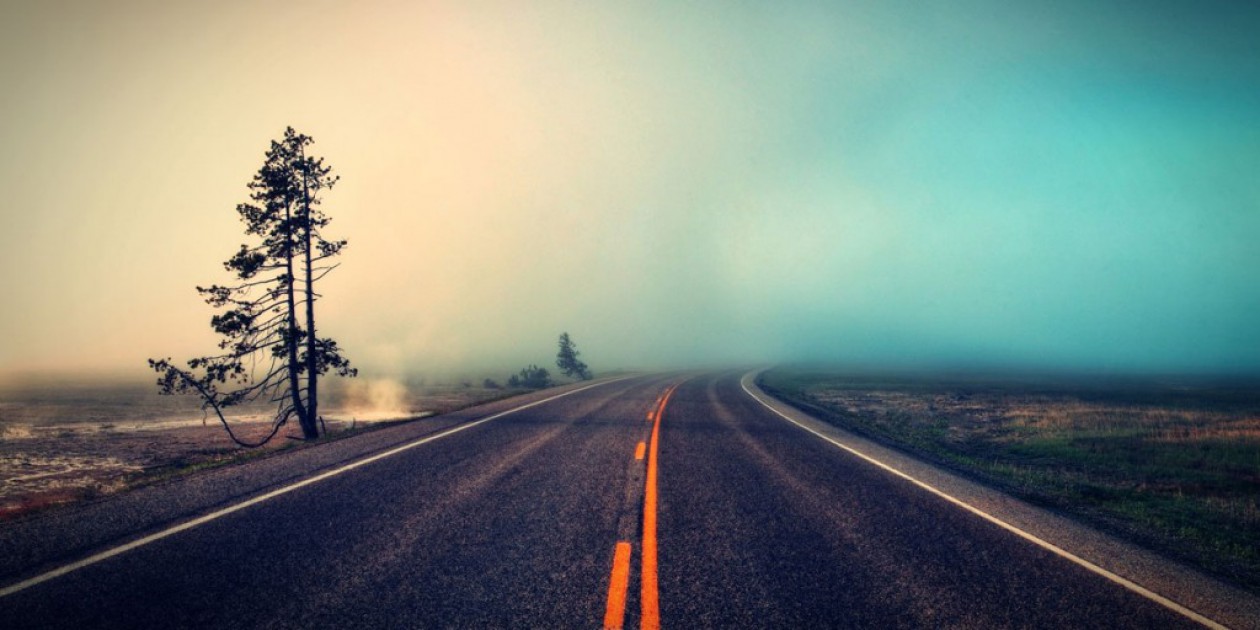Unlike many people, my discovery of country music was inverted in the sense that instead of being lured into the genre by newer/hipper groups like Flordia Georgia Line or (god forbid) Taylor Swift, I started with classics like Cash, Hank, and Haggard. So when I came accross Blake Shelton for the first time, I found something that hooked me immediately as he mixes some familiar old themes and styles with the not-so-artificial side of Nashville`s new sound.
General Information
 This will be a rather short synopsis of Blake`s life, as, contrary to other artist I have written about, Blake posessess the lucky feature of being alive and young, which makes a biography not yet necessary. Nevertheless here it is. Blake Tollison Shelton was born 1976 in Ada, Oklahoma the son of Dick and Dorothy, a beauty salon owner and used car salesman (I’ll let you figure out who had which job).
This will be a rather short synopsis of Blake`s life, as, contrary to other artist I have written about, Blake posessess the lucky feature of being alive and young, which makes a biography not yet necessary. Nevertheless here it is. Blake Tollison Shelton was born 1976 in Ada, Oklahoma the son of Dick and Dorothy, a beauty salon owner and used car salesman (I’ll let you figure out who had which job).
As any true country singer, he began singing and picking early on.

By 8 he had sung Bob Seger’s “Old Time Rock ‘n’ Roll” in a local talent show and was taught how to play the guitar by his uncle at age 12. A future career in music seemed even likelier once he won the Denbo Diamand Award, Oklahoma’s most prized honour for young entertainers in 1992. Two years earlier, Blake’s older brother Richie was involved in a fatal car accident, possibly spurring Shelton on to make something of himself.
However, what was a real motivation for Blake was the support of Mae Boren Axton, a songwriter who helped write
“Heartbreak Hotel” as well as songs for Steppenwolf and Willie Nelson. At one of his performances while at high school, she discovered his potential and told him a record deal is achievable if he worked hard. So, at 17, two weeks after graduating from high school, Blake Shelton moved to Nashville, Tennessee, his first job being a housepainter for Axton. She cemented his relationships in Nashville, ensuring Blake “met the right people and didn’t fall in with the wrong ones”. One of these right people was fellow songwriter Bobby Braddock. After they started collaborating, Blake’s career started picking up, and the rest, as they say, is history.

His debut hit “Austin” reached number 1 (in the coutnry charts of course) for 5 weeks. His self-entitled debut album Blake Shelton reached gold and was released at the beginning of Austin’s climb to the top in July 2001, while being dedicated to hist deceased brother Richie. From there on, he has won CMA’s male vocalist of the year award several times, and his 2003 and 2006 albums The Dreamer and Blake Shelton’s Barn & Grill also went gold after selling more than 500 000 exemplars each.
Best Songs (Public Opinion)
Honey Bee: Blake’s ninth #1 hit which even reached spot 13 on the Pop charts (which is pretty amazing for a country song) is just a gooey and sweet love song. If you manage to listen to the song and not end up happier than at the beginning then you have a heart of stone. The video itself is also a fun and light-hearted story of a honey saleswoman and well worth the watch.
Listen to Honey Bee (Blake’s Youtube channel disallows embedding videos for some reason)
Austin: Although this is by far not one of my favourite Blake songs, it was his first #1 hit that brought his career to fruition, so I could not leave it out. I would describe this song as a “grower”, meaning that you enjoy it more and more with each listen. It is again a love song about a girl called Austin and it consists of a series of answering machine messages.
Who are you when I’m not looking: If you haven’t guessed it until now, love is a recurring theme in many of blakes hits, but that is not necessarily negative. Blake wonders openly what his love interest does with her free time when she is alone: “Do you pour a little somethin’ on the rocks? Slide down the hall in your socks?” Simply a wonderful love song (another #1 hit of course) that everyone can relate to.
Listen to Who are you when I’m not looking
Best Songs (Personal Opinion)
Some Beach: A complete change of pace and feeling compared to his love songs, Some Beach is a brilliant feel good song. Everyone can empathise with Blake who sings about the daily grind of running late for work and painful experiences at the dentist while wishing he were “on some beach, somewhere”.

Nobody But Me: Many times have I sung along to this song at full volume while driving my car to town and back. The message is simple: “Nobody but me is gonna love you like you oughta be loved on”. Simple lyrics make this song quick and easy to learn while its short length (2:36 min) do not let the song drag on too much and become a nuisance.
Old Red: Ballad type songs are slowly disappearing, but Old Red definitely did its job and helped Blake turn into the superstar he is today. both George Jones and Kenny Rogers did this song already, but Blake released it as the final song of his 2002 debut album. A conert favourite, the song tells the story of a man trying to bust out of prison with the help a dog.










